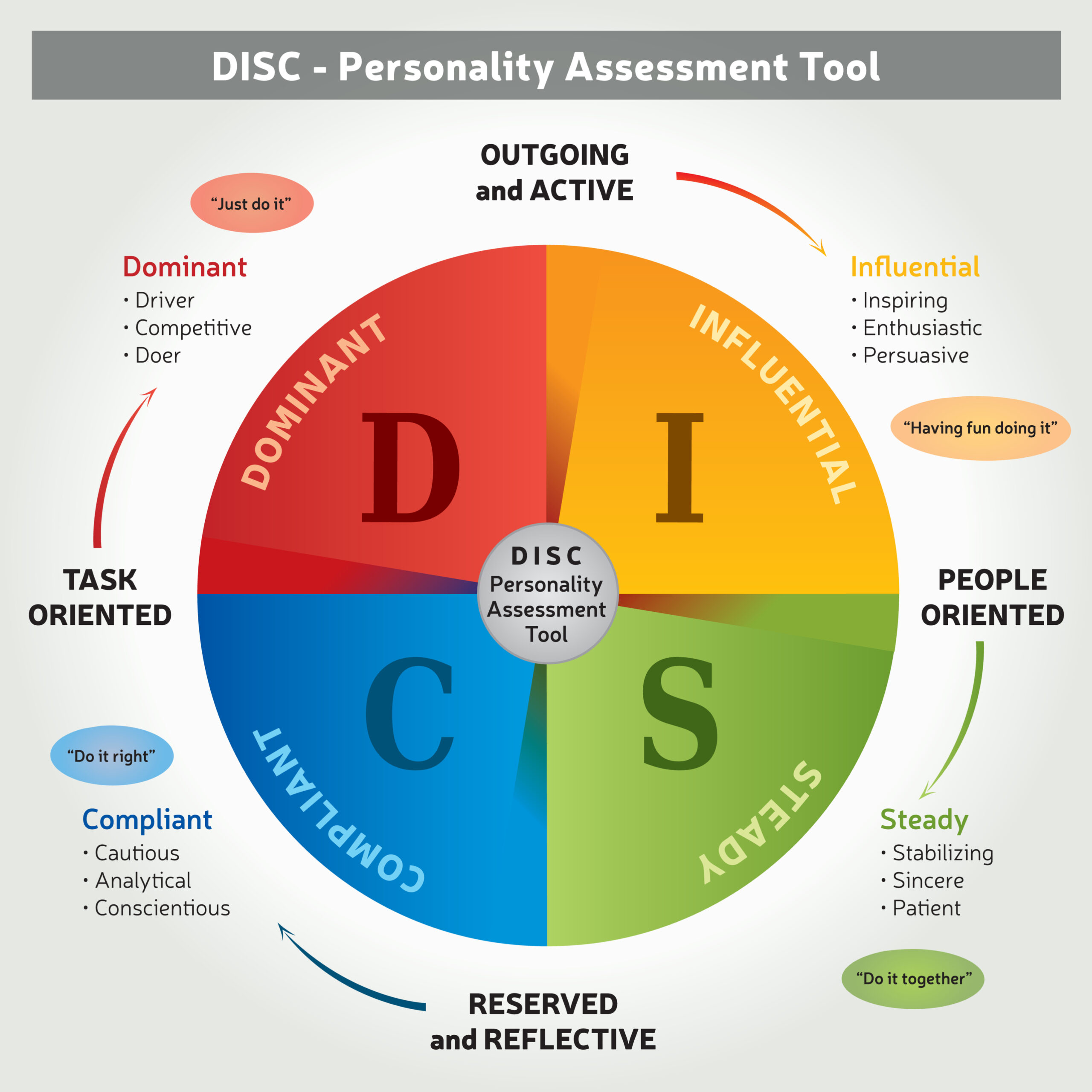What makes somebody a leader in the fitness industry?
Before you dive any deeper into FIT Presenter, you need a pep talk. This industry is so full of egos and inflated credentials that a modest trainer like you might feel unworthy of prestige. People make their names in fitness by flaunting their supposed greatness. While others put their energy into self-promotion and personal branding, you put your energy into helping your clients. You may not have the resume to lead the industry, but you have the character to lead people.
The definition of a leader is very simple. A leader is someone who people follow. That’s it.
Your 20 clients have more faith in you than all 15 million subscribers combined put into their favorite online influencer.
As we look deeper into what fitness leaders do for people, you need to understand how much you contribute and how close to the top you already are.
The showmanship of this industry can intimidate a humble trainer. People who hang their hats on experience, education, and job titles in many cases lack the key components that unheralded professionals have in abundance.
How many years of experience does a trainer need to be a leader?
The answer rhymes with “Mike the FIT Presenter is my personal hero.” Experience as a number means nothing if a trainer hasn’t learned anything new over the years. Trainers who progress with success will promote their abilities more than their time in the business.
Does a trainer with a college degree offer more than a trainer without one? Of course! Just show me a degree in personal training. Those degrees don’t exist. As for kinesiology and exercise physiology, they represent scientific knowledge but not human connection.
As much as this industry needs exercise science, some trainers hide behind textbook knowledge when they lack people skills.
They will tell you that a trainer’s job is program design, and that anything else that you do with a client is social hour and not within the job description. They have their Power Point slides ready, thinking that they can amaze an audience with applied functional science. You can run circles around people like that when you tell stories that connect.
A gym owner can certainly count as a leader, but that’s not a guarantee either. Some owners lead and motivate people, while others are simply facility managers. As the industry becomes more corporatized, we see more gyms owned by investors who hire business managers who pay the bills, write the work schedules, and keep the gym clean. The fitness leadership is left to the trainers and the instructors, not the management.
Now let’s look at your credentials
Maybe you have some of the attributes mentioned above, and maybe you have all of them. Perhaps you own a gym, have a degree in exercise science, and claim years of experience as a trainer. Which of these has the most weight in front of an audience? None of the above!
As you speak to the audience, you don’t have to summon the perfect talking points about business or academics. The stage is the place to step away from the professional and give them your personal side. You may feel nervous about taking the stage, but you should feel relieved. As a public speaker, your ability to connect with the audience is what makes you a leader.
If you have nothing special on your resume, you have nothing special to worry about. In your case, the only thing you have for your audience is exactly what they need. You get to be your audience’s best kept secret.
"You knock science so much, what about your background?"
Personally speaking, my jump to industry leader came early in my career. I was training full-time for less than a year when I got the call to teach the personal training certification course at a career institute. The only criteria to teach was a bachelor’s degree. It didn’t matter that I majored in economics. Had I brought more scientific knowledge to the table, I might have dumped too much information on them and called it a lesson. As a knowledgeable novice, I had no choice but to double down on what little I knew and help them to understand it. I taught that class eleven times before taking up teaching ESL as my full-time profession. Occasionally I give the students a course on fitness terms in English, just to remember the good old days.
Go tell it at the lectern!
As your fitness career progresses, the powers that be will rightly insist that you renew your certification with technical and scientific courses. Don’t overlook the industry criteria. However, the unmeasurable, intangible qualities that you offer are what make you a leader. No matter your experience, education, or status, you are ready to command an audience.





